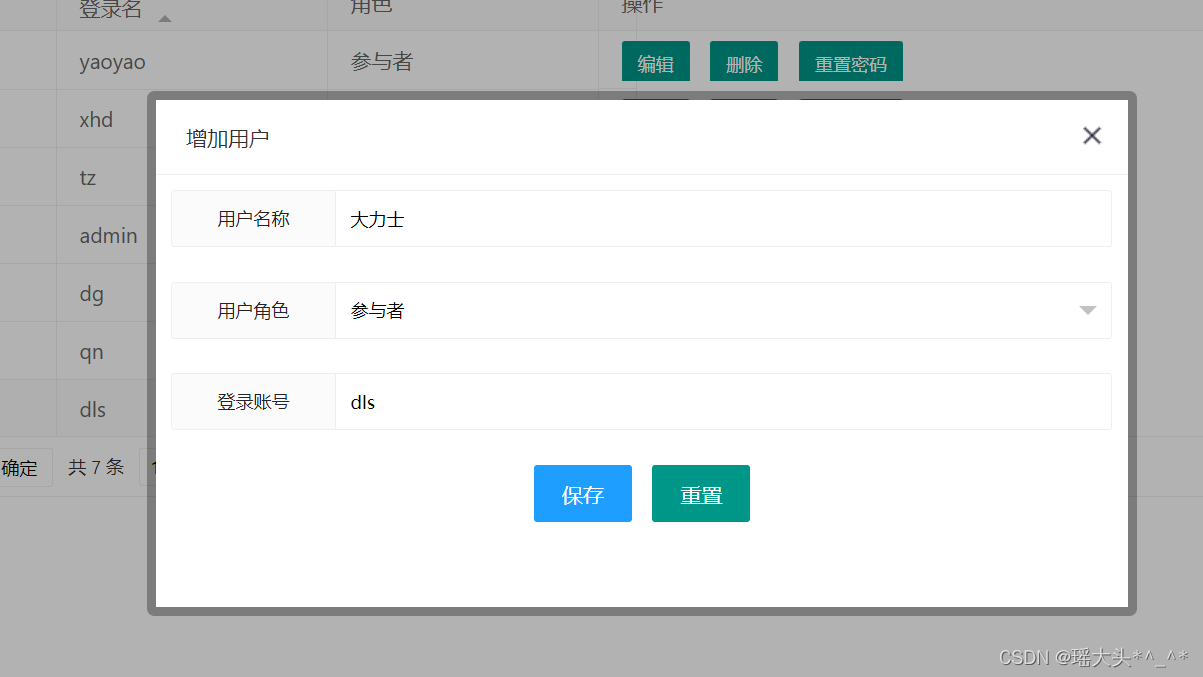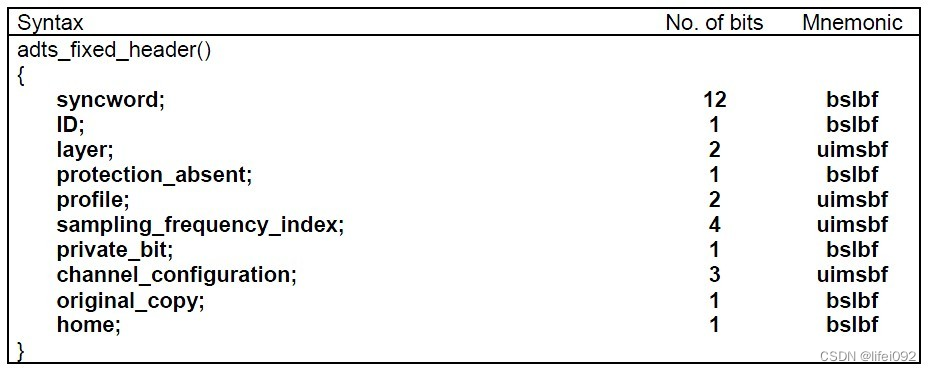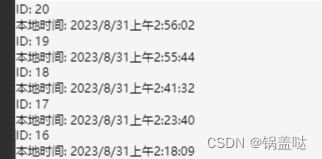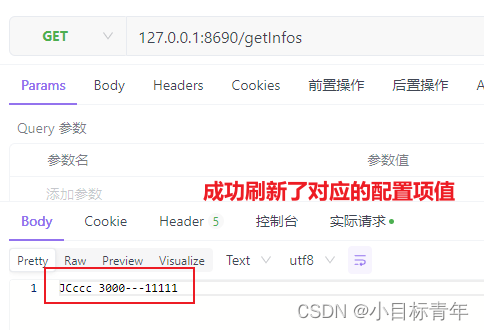一、前言
Spring 容器是 Spring 框架的核心部分,它负责管理和组织应用程序中的对象(Bean)。Spring 容器负责创建、配置和组装这些对象,并且可以在需要时将它们提供给应用程序的其他部分。
Spring 容器提供了两种主要类型的容器:BeanFactory 和 ApplicationContext。BeanFactory 是最基本的容器,提供了基本的 Bean 生命周期管理和依赖注入的功能。ApplicationContext 是 BeanFactory 的一个子接口,它提供了更多的企业级功能,例如国际化、事件传播、资源加载等。
在 Spring 中,通常通过配置文件或注解来定义和配置 Bean。当 Spring 容器启动时,它会根据配置的信息来实例化和初始化对象。
二、xml配置初步使用
2.1 添加依赖
创建maven项目,并在pom.xml中添加Spring的依赖。
<?xml version="1.0" encoding="UTF-8"?>
<project xmlns="http://maven.apache.org/POM/4.0.0"
xmlns:xsi="http://www.w3.org/2001/XMLSchema-instance"
xsi:schemaLocation="http://maven.apache.org/POM/4.0.0 http://maven.apache.org/xsd/maven-4.0.0.xsd">
<modelVersion>4.0.0</modelVersion>
<groupId>org.example</groupId>
<artifactId>spring_01</artifactId>
<version>1.0</version>
<dependencies>
<dependency>
<groupId>org.springframework</groupId>
<artifactId>spring-context</artifactId>
<version>5.3.22</version>
</dependency>
<dependency>
<groupId>junit</groupId>
<artifactId>junit</artifactId>
<version>4.11</version>
<scope>test</scope>
</dependency>
<dependency>
<groupId>ch.qos.logback</groupId>
<artifactId>logback-classic</artifactId>
<version>1.2.11</version>
</dependency>
</dependencies>
</project>2.2 xml方式配置bean
新建bean.xml文件,目录结构
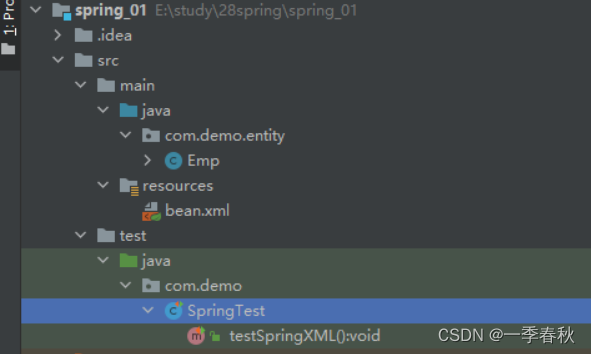
bean.xml
<?xml version="1.0" encoding="UTF-8"?>
<beans xmlns="http://www.springframework.org/schema/beans"
xmlns:xsi="http://www.w3.org/2001/XMLSchema-instance"
xsi:schemaLocation="http://www.springframework.org/schema/beans
https://www.springframework.org/schema/beans/spring-beans.xsd">
<!-- 构造函数实例化-->
<bean id="employ" class="com.demo.entity.Employ">
<!-- 没有构造函数的时候-->
<!-- <constructor-arg index="0" value="hanzhe"/>-->
<!-- <constructor-arg index="1" value="18"/>-->
<!-- <property name="username" value="hanzhe"></property>-->
<!-- <property name="password" value="18"></property>-->
</bean>
</beans>2.3 测试类查看效果
SpringTest.java
package com.demo;
/**
* @author zhe.han
* @date 2023/2/2 14:28
*/
public class SpringTest {
/**
* xml形式的简单入门
* <p>
* 1:instantiation with a constructor 构造函数实例化
*/
@Test
public void test1() {
/**
* 加载文件的方式:使用resource加载文件
*
*/
ApplicationContext context = new ClassPathXmlApplicationContext("classpath:/test1.xml");
// ApplicationContext context = new ClassPathXmlApplicationContext("file:E:\\study\\28spring\\spring_01\\src\\main\\resources\\test1.xml");
Emp employ = (Emp) context.getBean("employ");
final String password = employ.getPassword();
final String username = employ.getUsername();
System.out.println(username);
System.out.println(password);
}
}
三、实例化 Bean
官网中提到实例化bean,有三种方式

3.1 默认的无参构造函数
bean.xml
<?xml version="1.0" encoding="UTF-8"?>
<beans xmlns="http://www.springframework.org/schema/beans"
xmlns:xsi="http://www.w3.org/2001/XMLSchema-instance"
xsi:schemaLocation="http://www.springframework.org/schema/beans
https://www.springframework.org/schema/beans/spring-beans.xsd">
<!--构造函数实例化bean -->
<bean id="emp" class="com.demo.entity.Emp">
</bean>
</beans>public class Emp {
final Log log = LogFactory.getLog(Emp.class);
private String username;
private String password;
public Emp(String username, String password) {
this.username = username;
this.password = password;
}
public Emp() {
log.info("构造方法实例化......");
}
@Override
public String toString() {
return "Emp{" +
"username='" + username + '\'' +
", password='" + password + '\'' +
'}';
}
}测试类:
@Test
public void test1() {
/**
* 加载文件的方式:使用resource加载文件
*
*/
ApplicationContext context = new ClassPathXmlApplicationContext("classpath:/test1.xml");
Emp employ = context.getBean("employ", Emp.class);
log.info(employ);
}debug跟踪源码,了解实例化过程。
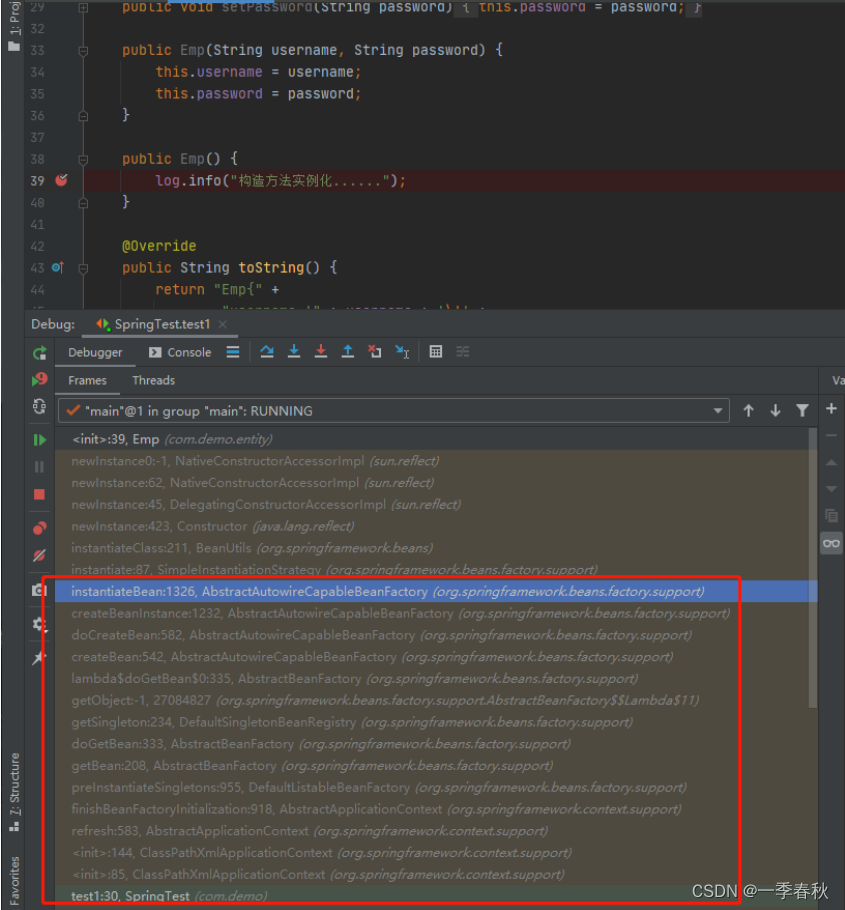
debug定位到这个方法中:
org.springframework.beans.factory.support.AbstractAutowireCapableBeanFactory#createBeanInstance
最终执行到这个方法:使用无参构造函数实例化bean
// No special handling: simply use no-arg constructor.
return instantiateBean(beanName, mbd);3.2 静态工程方法
<?xml version="1.0" encoding="UTF-8"?>
<beans xmlns="http://www.springframework.org/schema/beans"
xmlns:xsi="http://www.w3.org/2001/XMLSchema-instance"
xsi:schemaLocation="http://www.springframework.org/schema/beans
https://www.springframework.org/schema/beans/spring-beans.xsd">
<!-- 静态工厂实例化-->
<bean id="employ2_2" class="com.demo.entity.Emp2" factory-method="createInstance">
</bean>
</beans>
/**
* Bean的实例化:
*
* <p>
* 2:instantiation with a static Factory Method:静态工厂实例化
* <p>
*/
@Test
public void test2() {
ApplicationContext context = new ClassPathXmlApplicationContext("classpath:/test2.xml");
// 静态工厂实例化
Emp2 employ = context.getBean("employ2_2", Emp2.class);
log.info(employ);
}断点调试:
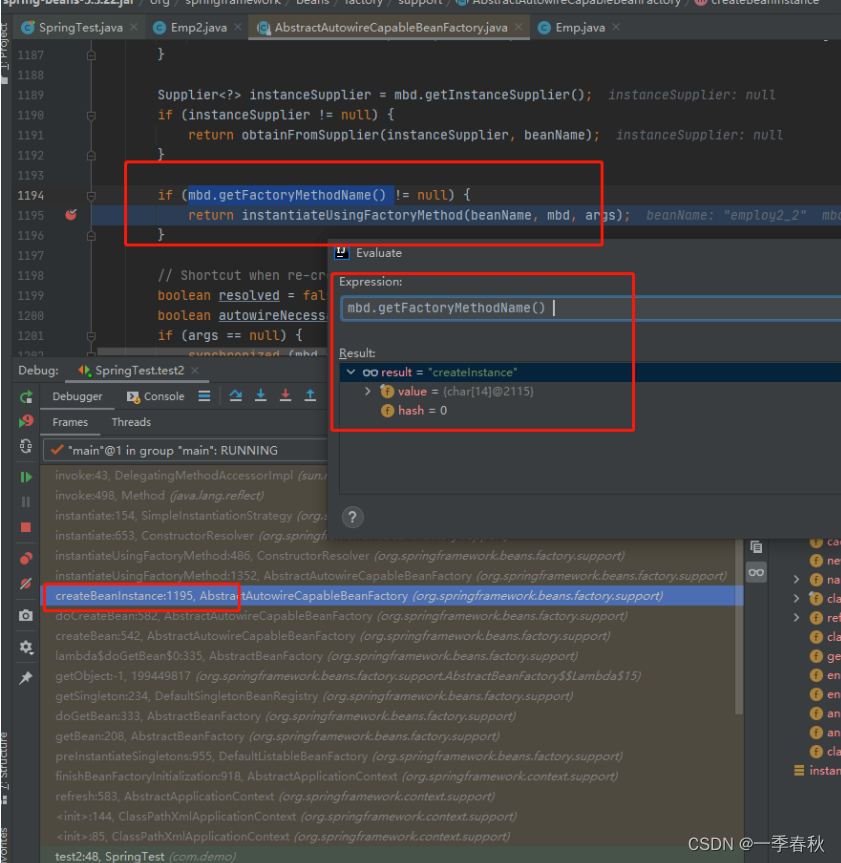
debug定位到这个方法中:‘
org.springframework.beans.factory.support.AbstractAutowireCapableBeanFactory#createBeanInstance
最终执行到这个方法:使用无参构造函数实例化bean
// 判断BeanDefination中是否有factory-method 这个属性
if (mbd.getFactoryMethodName() != null) {
return instantiateUsingFactoryMethod(beanName, mbd, args);
}3.3 实例工厂方法
test3.xml
<?xml version="1.0" encoding="UTF-8"?>
<beans xmlns="http://www.springframework.org/schema/beans"
xmlns:xsi="http://www.w3.org/2001/XMLSchema-instance"
xsi:schemaLocation="http://www.springframework.org/schema/beans
https://www.springframework.org/schema/beans/spring-beans.xsd">
<!-- the factory bean, which contains a method called createInstance() -->
<bean id="serviceLocator" class="com.demo.factory.DefaultServiceLocator">
</bean>
<!-- the bean to be created via the factory bean -->
<bean id="employ3"
factory-bean="serviceLocator"
factory-method="createEmploy2_3Instance"/>
</beans>DefaultServiceLocator
public class DefaultServiceLocator {
final static Log log = LogFactory.getLog(Emp2.class);
private static Emp2 employ = new Emp2();
public Emp2 createInstance() {
employ.setPassword("password");
employ.setUsername("username");
log.info("实例工厂方法");
return employ;
}
}断点发现实例化流程和静态工厂方法一样:
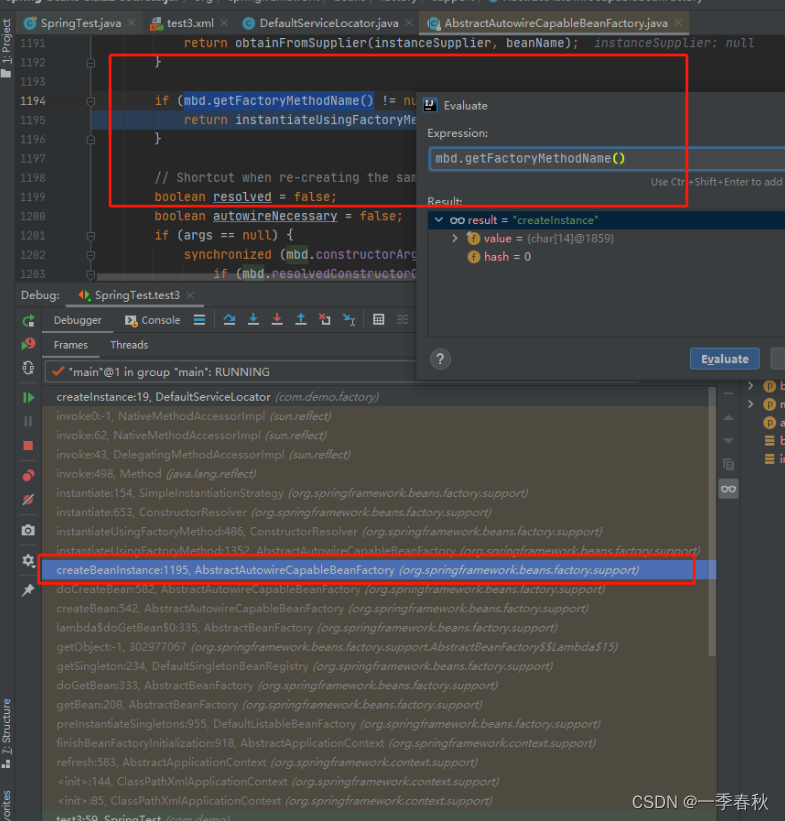
四、注解方式配置bean
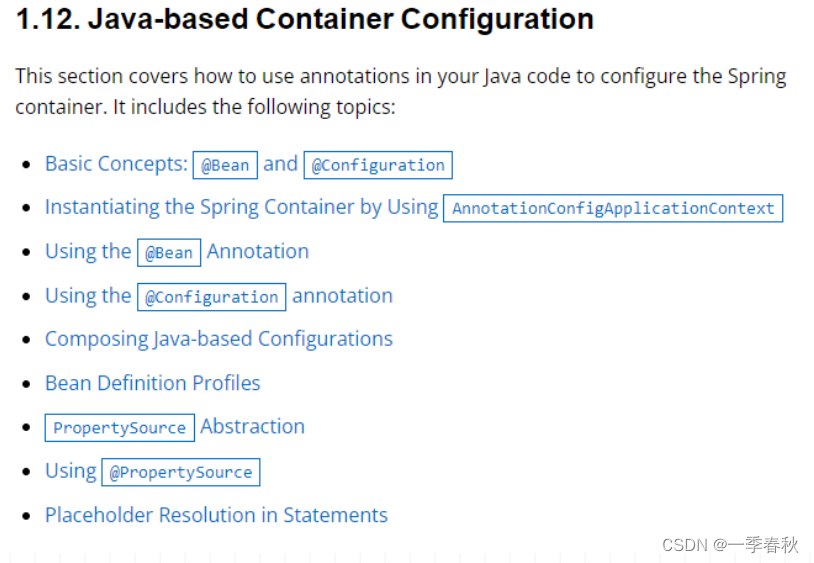
4.1 使用Configuration 和Bean配置
// @Configuration 作为配置类,@Bean 用于实例化、配置、初始化Spring的bean对象AppConfig
@Configuration
public class AppConfig {
/**
* 等价于在xml中配置:
*
* <beans>
* <bean id="mmp" class="com.demo.entity.Emp"/>
* </beans>
* @return
*/
@Bean
public Emp emp() {
return new Emp("zhang san", "123456");
}
}
/**
* 注解方式配置spring的bean
*/
@Test
public void test4() {
ApplicationContext context = new AnnotationConfigApplicationContext(AppConfig.class);
Emp bean = context.getBean(Emp.class);
log.info(bean);
}最终的实例化方法和静态工厂、工厂实例化方法一致。
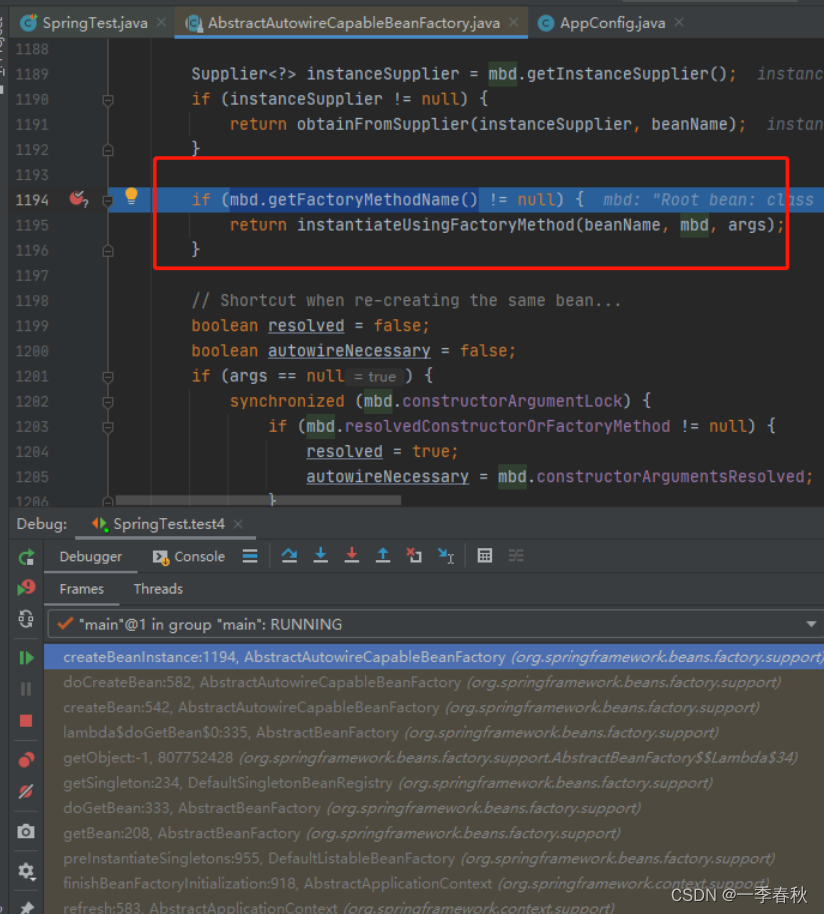
以上就是Spring的初步使用和Bean的实例化的方法的了解。


